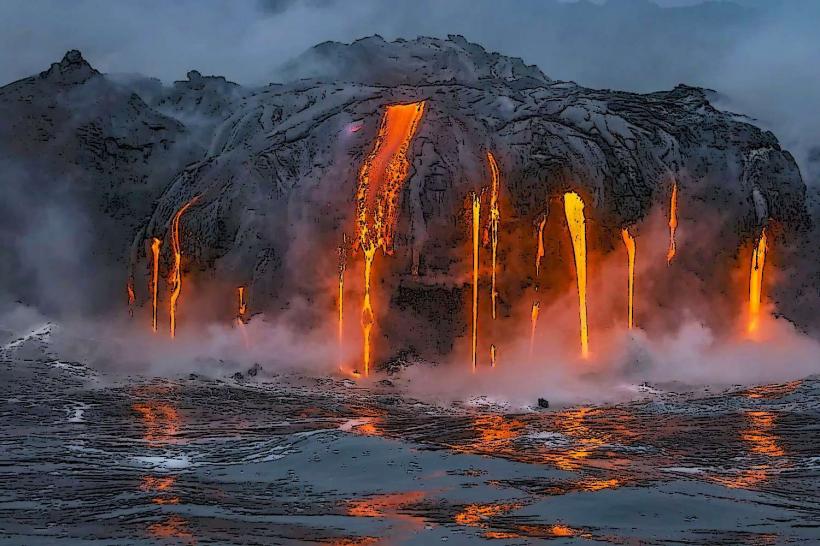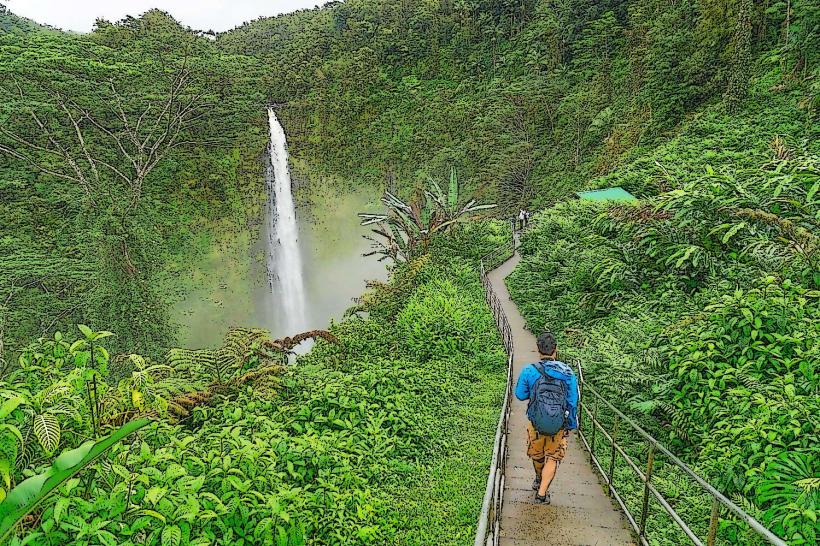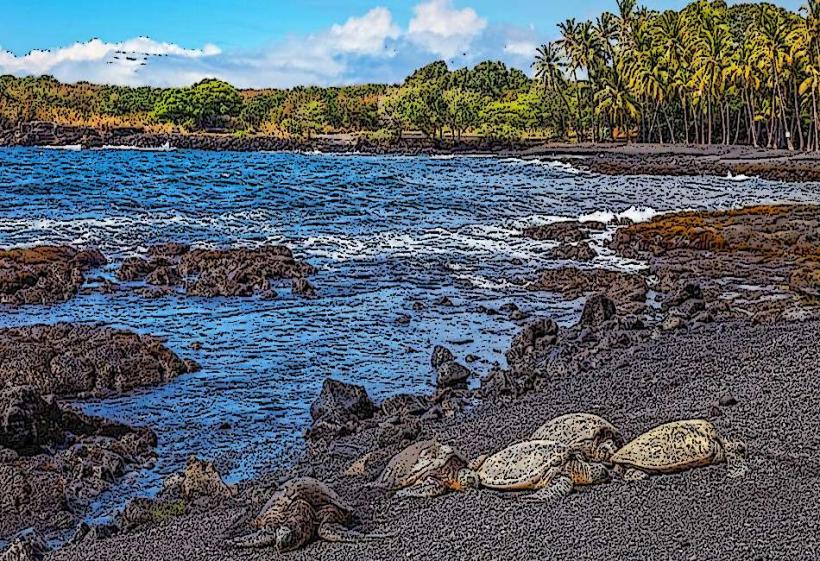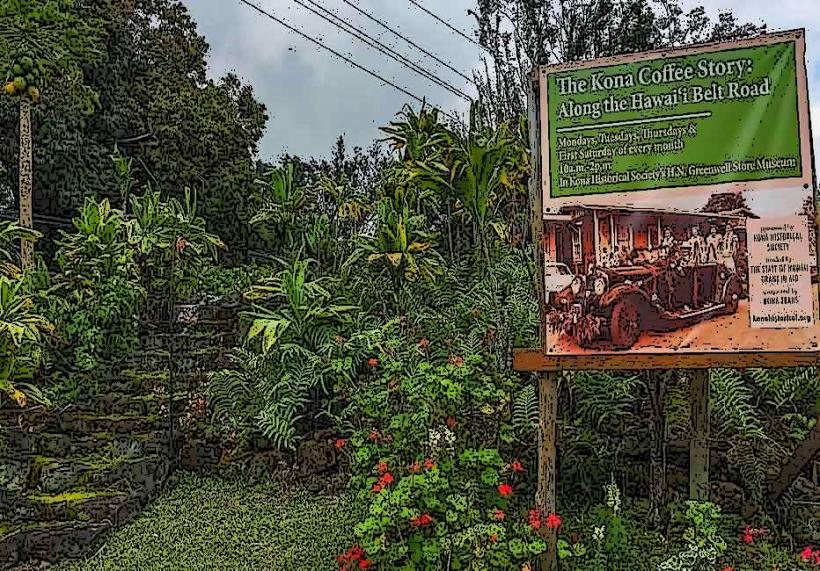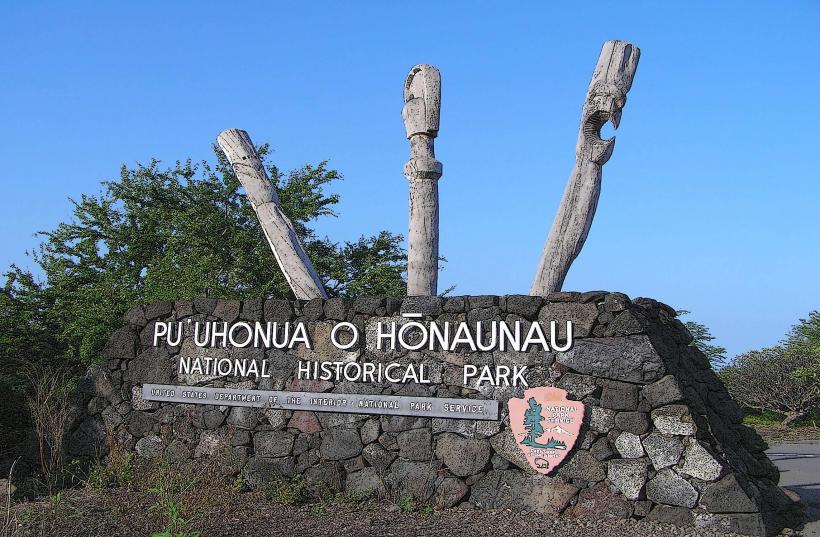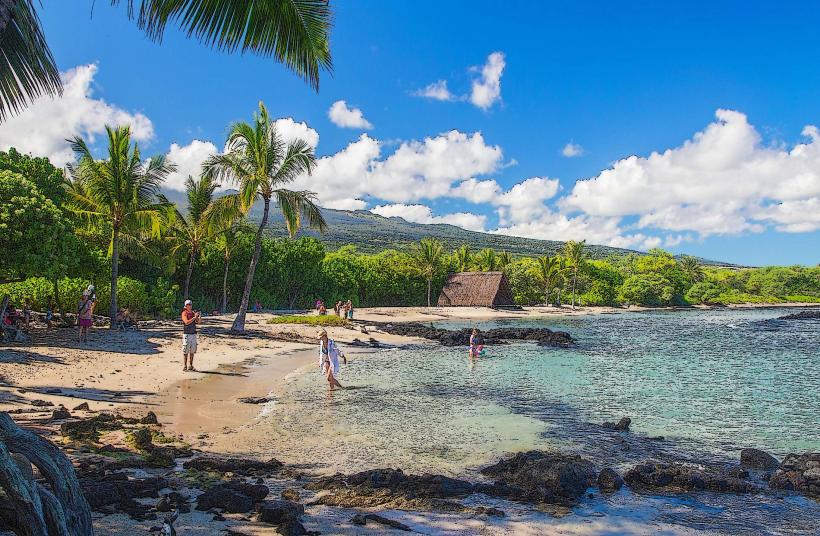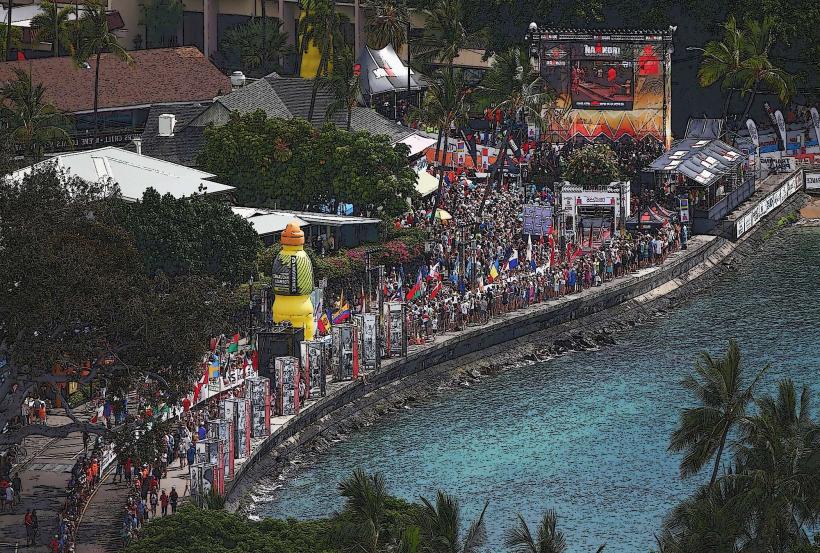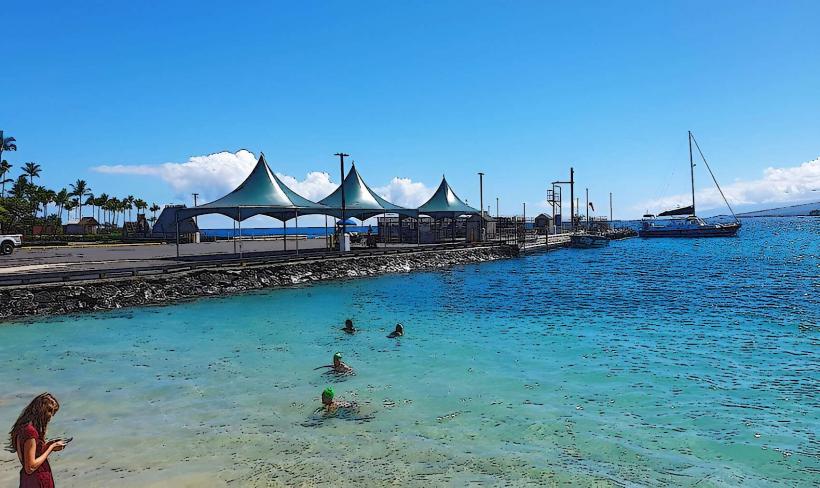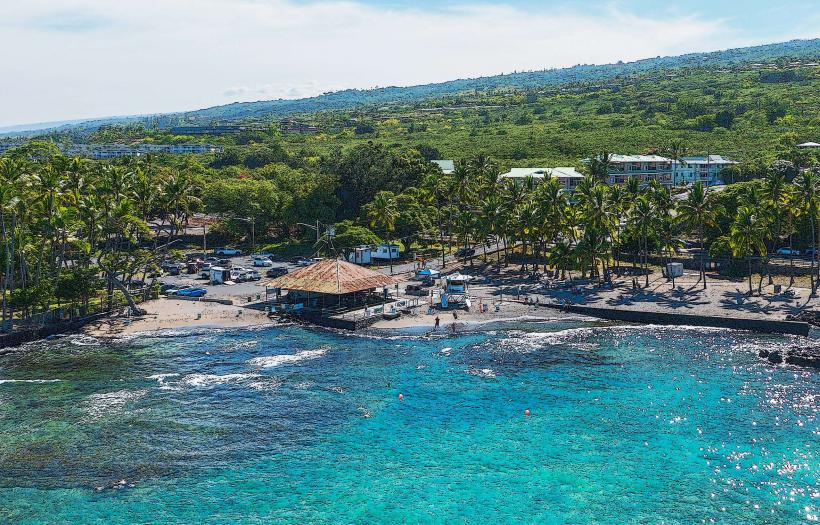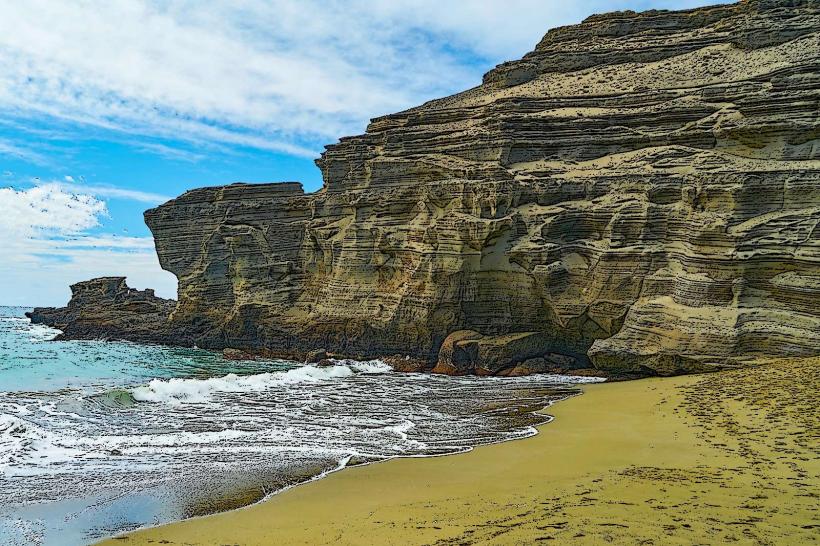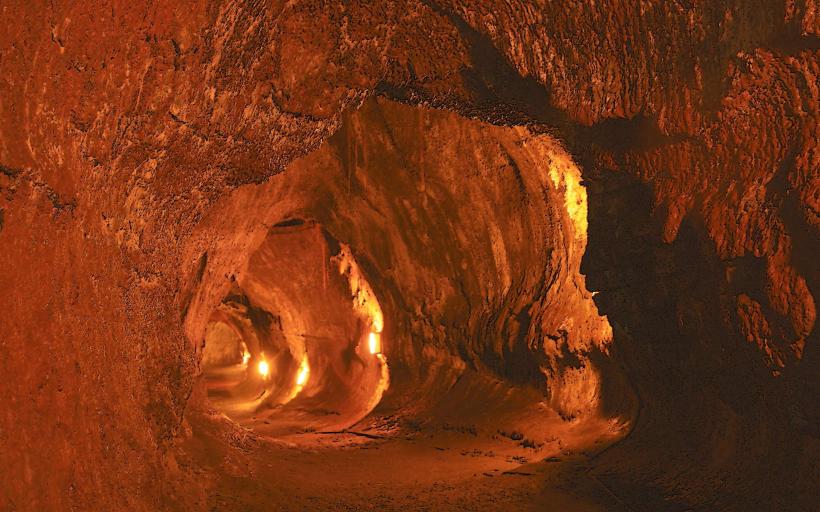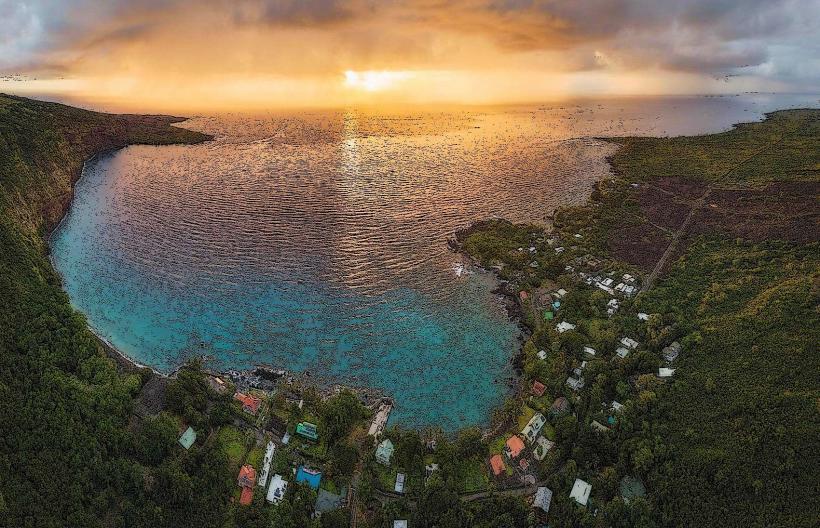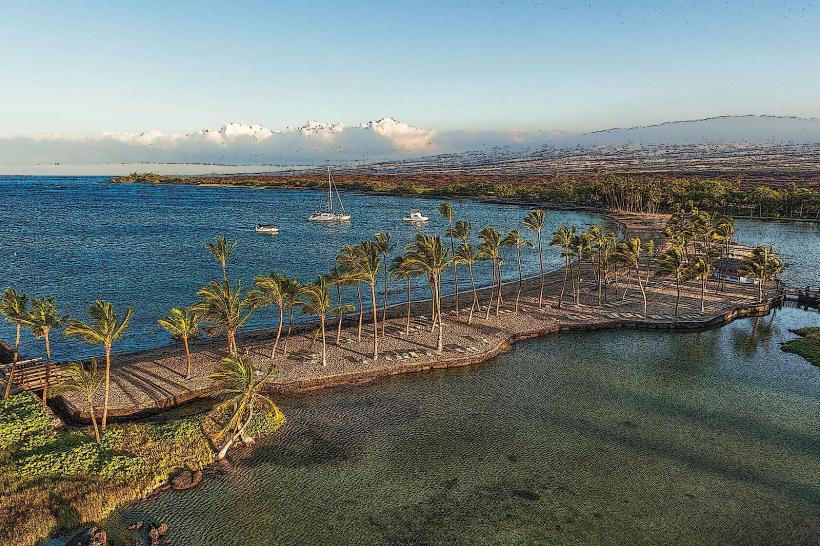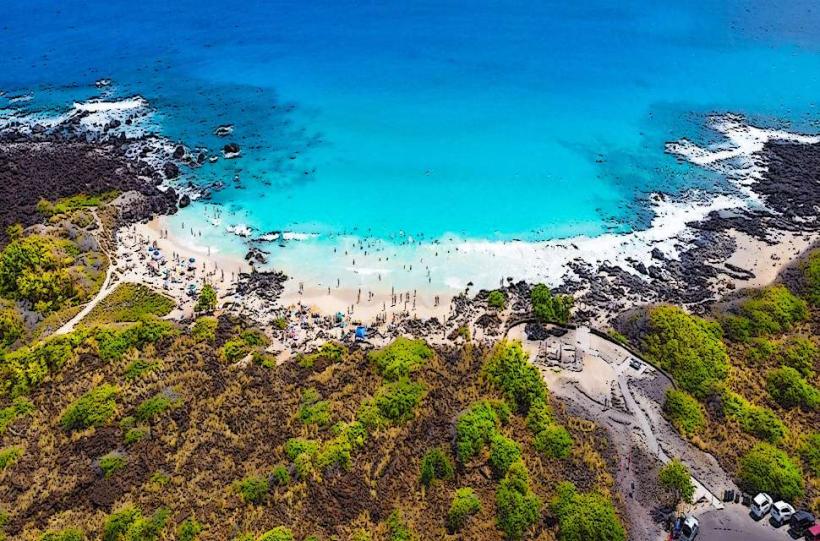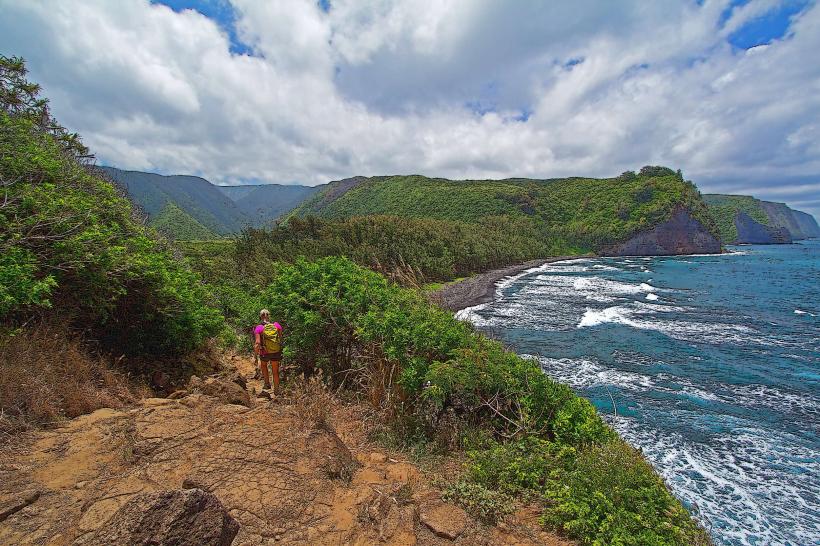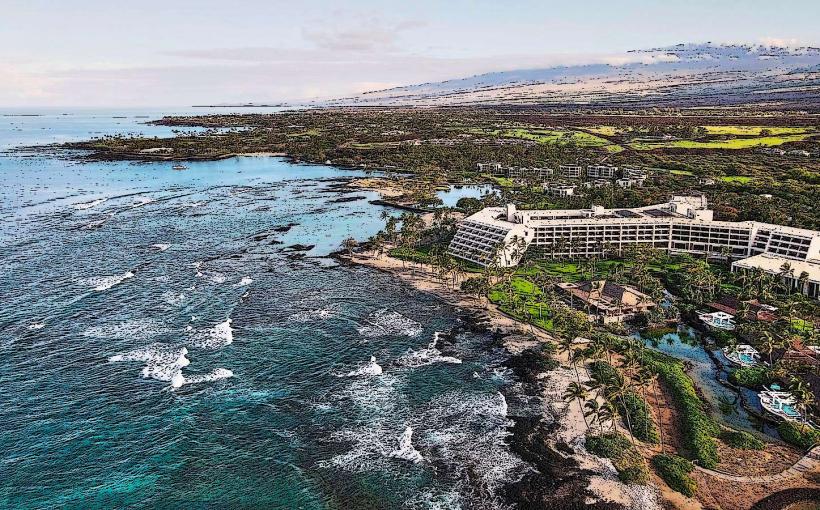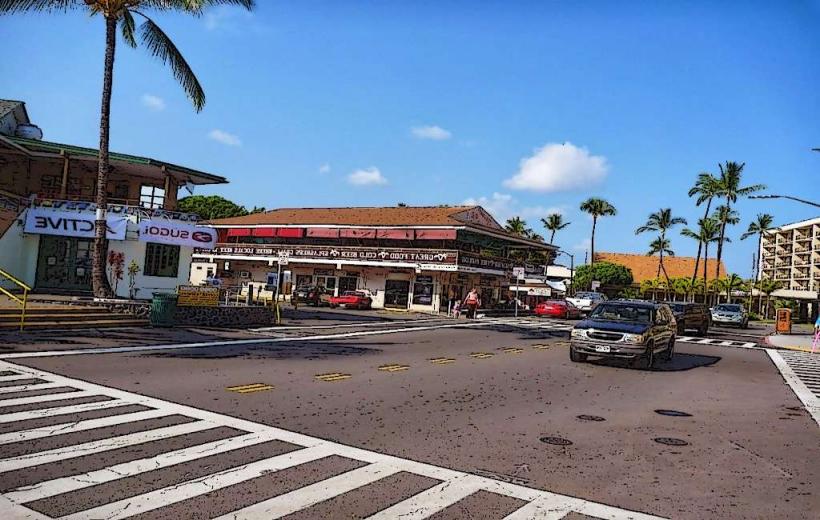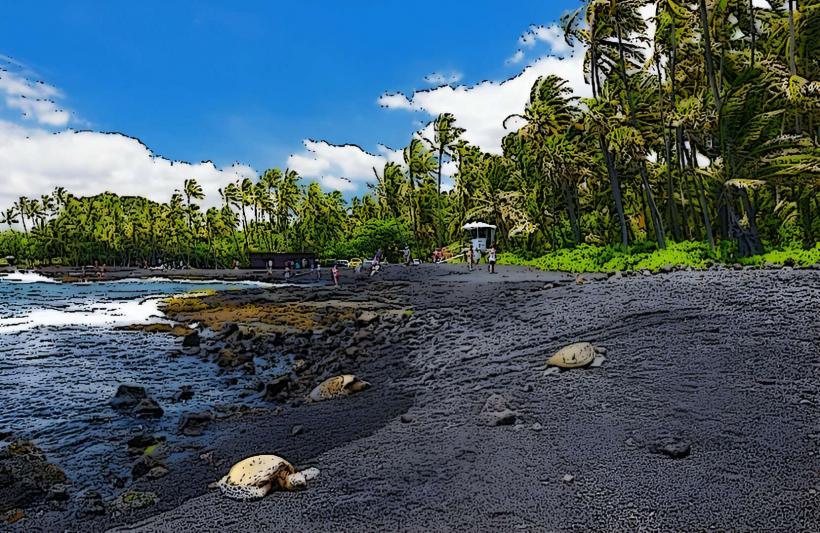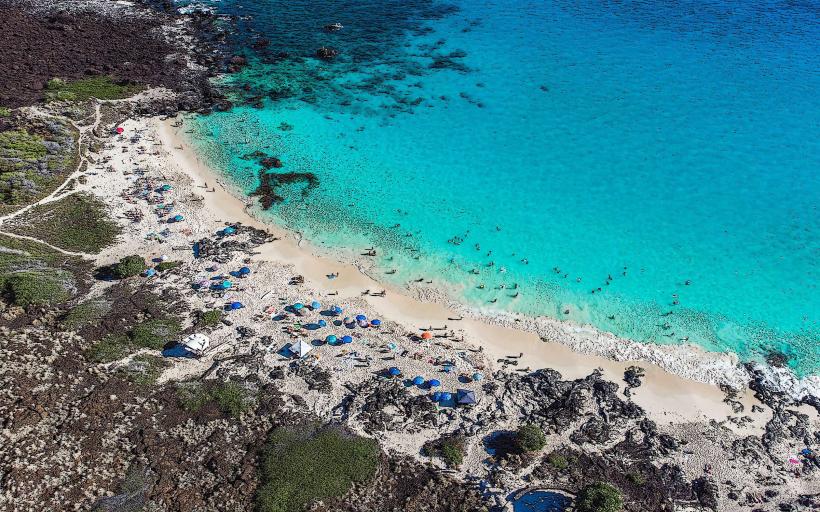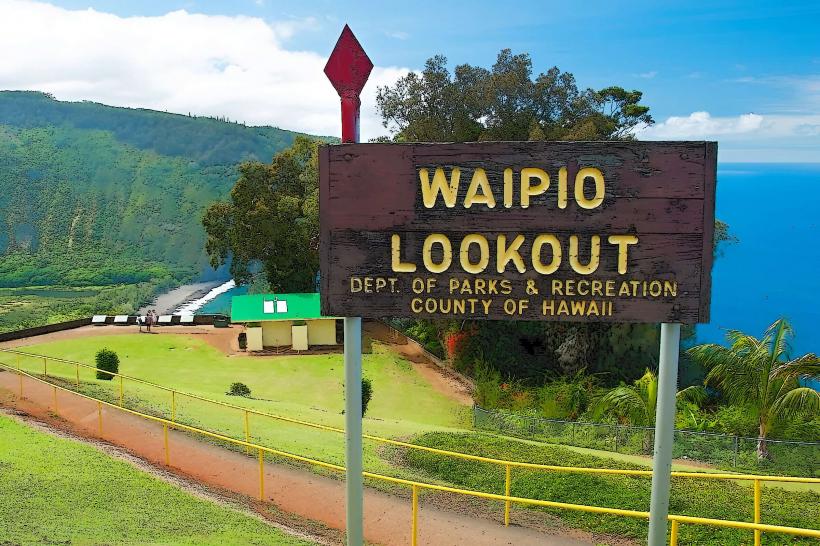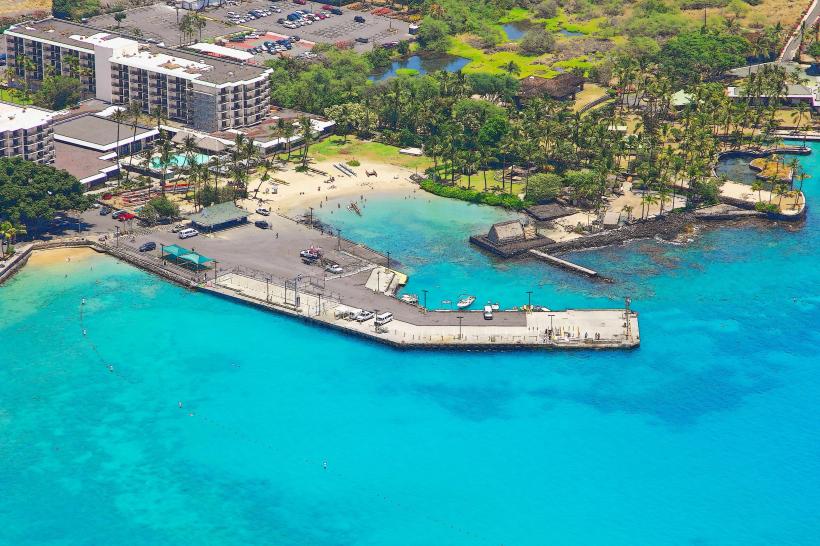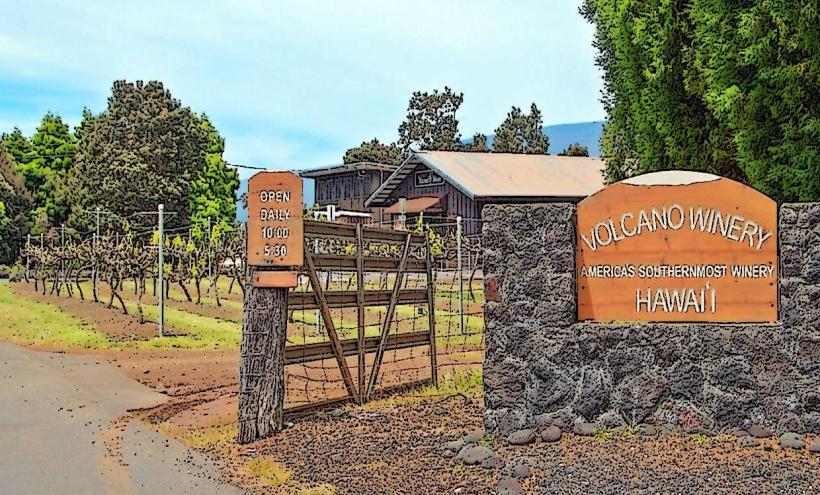Information
Landmark: Mauna Kea SummitCity: Kailua Kona
Country: USA Hawaii
Continent: North America
Mauna Kea Summit is one of Hawaii's most iconic natural landmarks, renowned for its stunning vistas, remarkable cultural significance, and its status as the highest point in Hawaii. It attracts visitors from all over the world for its panoramic views, clear skies ideal for stargazing, and the unique experience of standing at an elevation of over 13,000 feet (4,000 meters).
Overview of Mauna Kea Summit
- Location: Mauna Kea is located on the Big Island of Hawaii, about 25 miles (40 km) north of Hilo and 40 miles (64 km) from Kailua-Kona. The summit can be accessed via Mauna Kea Access Road.
- Elevation: The summit of Mauna Kea stands at 13,796 feet (4,205 meters) above sea level, making it the highest point on the Big Island and in the state of Hawaii.
- Significance: Mauna Kea is a dormant shield volcano, and it is considered sacred in Hawaiian culture. The summit has also become one of the world’s premier locations for astronomical observation due to its clear, high-altitude skies.
Main Features of Mauna Kea Summit
Astronomical Observatory:
- The summit of Mauna Kea is home to several astronomical observatories that conduct groundbreaking research on the universe. The high elevation, dry air, and stable atmosphere make it one of the best places on Earth for stargazing.
- Some of the world's largest telescopes are located here, operated by institutions such as the University of Hawaii, NASA, and international space agencies. Notable observatories include the Mauna Kea Observatories, Keck Observatory, and Subaru Telescope.
- Visitors can tour the Onizuka Center for International Astronomy at the base of the summit to learn about the history and scientific discoveries made from Mauna Kea. This center also offers stargazing programs and educational activities.
Stargazing and Night Sky:
- Mauna Kea is one of the best places in the world to stargaze due to its high altitude and lack of light pollution. At night, the skies are exceptionally clear, allowing for a spectacular view of constellations, planets, and distant galaxies.
- The Mauna Kea summit is considered a Dark Sky area, which means it is protected from artificial light to preserve the quality of stargazing. Visitors can experience incredible views of the Milky Way, planets, and other celestial objects, especially during the winter months.
- Various tours operate from the Visitor Information Station and Mauna Kea Access Road, offering guided stargazing experiences with powerful telescopes.
Cultural Significance:
- Mauna Kea holds deep spiritual and cultural importance for Native Hawaiians. It is believed to be the home of Poliahu, the goddess of snow, and is sacred in Hawaiian traditions. The summit is associated with several Hawaiian deities and is an important site for rituals, prayer, and connection to the divine.
- The summit is also an important archaeological site, with evidence of ancient Hawaiian settlements and ceremonial structures found along the slopes of the volcano. Many Native Hawaiians view the construction of observatories on Mauna Kea as a source of cultural tension, as it is seen as a desecration of the sacred mountain.
Summit Views:
- The summit of Mauna Kea offers breathtaking 360-degree views of the island and beyond. On clear days, you can see panoramic views of Hawaiian Volcanoes National Park, Mauna Loa, Hilo, and the surrounding ocean.
- Sunrise and sunset at the summit are particularly stunning, with vibrant colors sweeping across the sky and the surrounding landscape. Watching the sunrise from the summit is a popular activity, though it requires a bit of preparation due to the cold temperatures and altitude.
Mauna Kea Visitor Information Station:
- The Mauna Kea Visitor Information Station (VIS) is located at 9,200 feet (2,804 meters) on the slopes of Mauna Kea and serves as the main entry point for those wishing to visit the summit. The VIS offers restrooms, educational exhibits, and staff who provide information on the mountain and safety protocols.
- The Visitor Information Station also hosts educational programs, including talks and videos about Mauna Kea’s history, geology, and astronomy. From the VIS, visitors can begin their ascent to the summit.
- The Mauna Kea Summit Access Road leads from the VIS to the summit, but it is a steep, rough, and high-altitude road that requires careful driving, particularly for visitors not accustomed to the elevation.
Wildlife and Flora:
- Mauna Kea is home to unique and hardy plant and animal species that thrive in the high-altitude environment. The Mauna Kea Silversword, an endangered plant species, grows in the alpine areas of the summit, and its stunning appearance makes it a symbol of the mountain’s biodiversity.
- On the slopes of Mauna Kea, you can also find Hawaiian petrels and volcanic crickets, among other species.
- The summit and the surrounding area are an important ecological habitat and have been designated as a conservation area.
Best Time to Visit
- Summer (June to September): This is a popular time to visit Mauna Kea due to favorable weather conditions and clear skies. It’s also a good time for those hoping to avoid the rain that can sometimes occur during the winter months.
- Winter (November to March): Though colder, winter offers the opportunity to see snow on the summit, which adds a striking element to the landscape. The cold temperatures, however, require proper clothing and preparation for those making the ascent.
- Stargazing: The best time for stargazing is on clear, moonless nights. Stargazing tours often operate during the evenings, and winter provides the clearest skies.
Things to Consider Before Visiting
Altitude and Health Considerations: Mauna Kea’s summit is located at a high elevation, and visitors may experience altitude sickness due to the thin air. Symptoms can include headaches, nausea, and dizziness. It is recommended to spend time at the Visitor Information Station (9,200 feet) to acclimate before proceeding to the summit. It’s important to take it slow and hydrate to minimize the risk of altitude sickness.
Weather Conditions: Weather on the summit can be unpredictable and harsh, with cold temperatures, strong winds, and occasional snow. Visitors should be prepared for extreme conditions, particularly during the winter months.
Access and Permits: Visitors can drive to the summit, but a 4-wheel-drive vehicle is strongly recommended due to the rugged road conditions. In some cases, guided tours are available, which can make the visit safer and more informative.
Respect for Cultural Practices: Given Mauna Kea’s cultural significance to Native Hawaiians, visitors are encouraged to show respect by adhering to the guidelines provided by local authorities and being mindful of the mountain’s sacred nature.
Conclusion
The Mauna Kea Summit offers a unique and unforgettable experience for those seeking to explore one of Hawaii’s most remarkable natural and cultural landmarks. Whether you are interested in stargazing, experiencing stunning summit views, learning about the cultural significance of the mountain, or simply enjoying the peaceful alpine environment, Mauna Kea provides an unparalleled adventure. Visitors should plan ahead, respect the sacred nature of the site, and be prepared for the high-altitude conditions to make the most of their visit.

